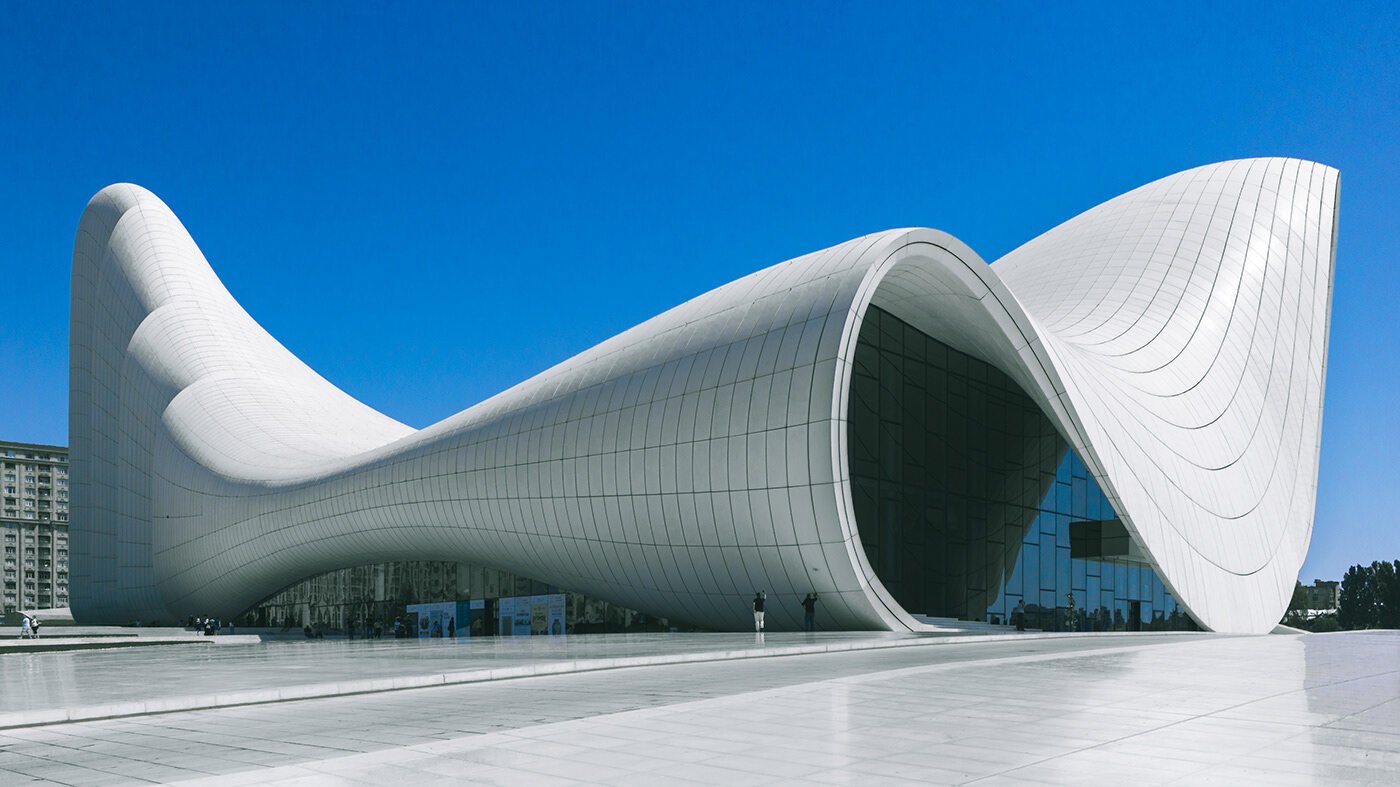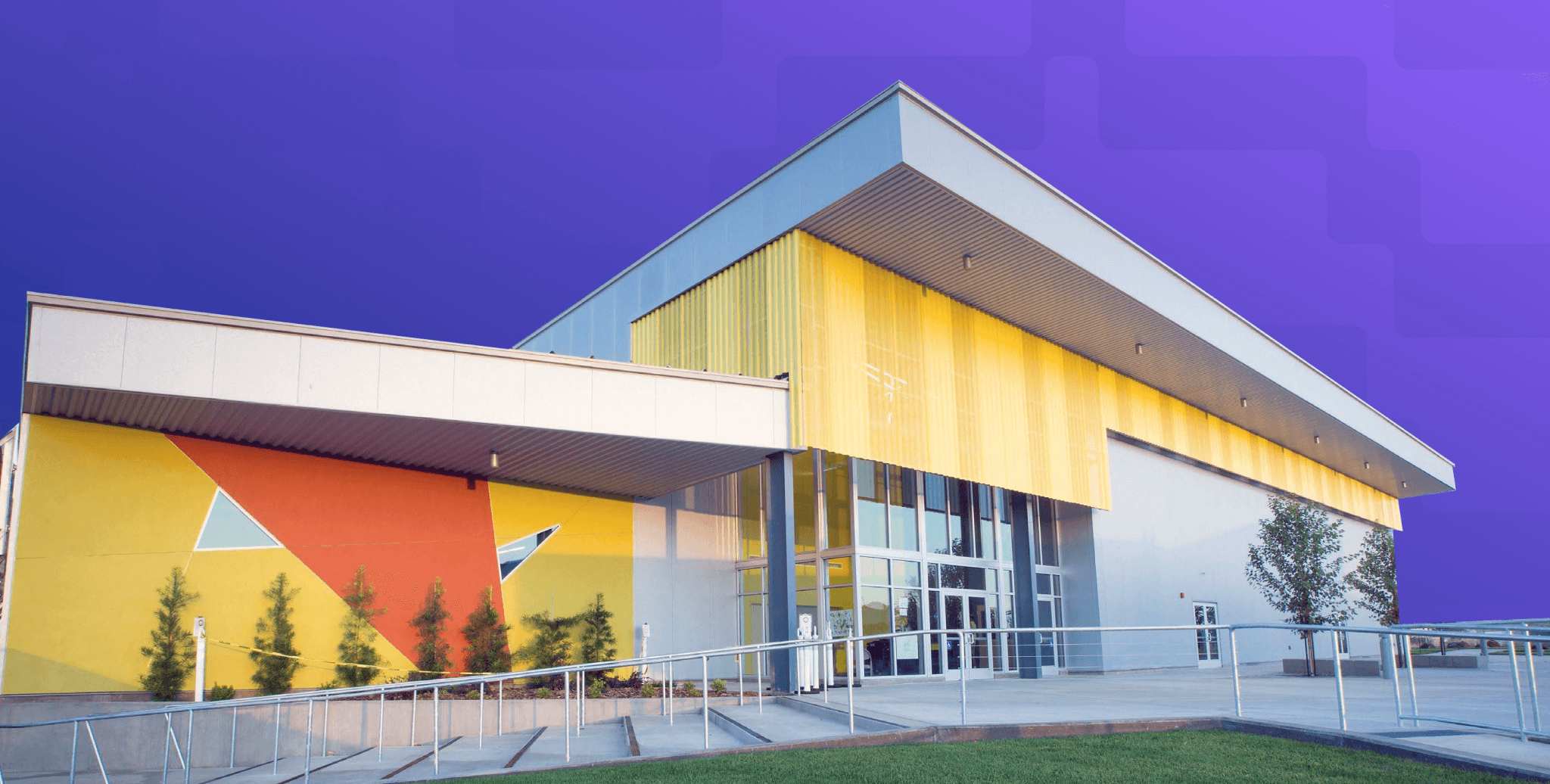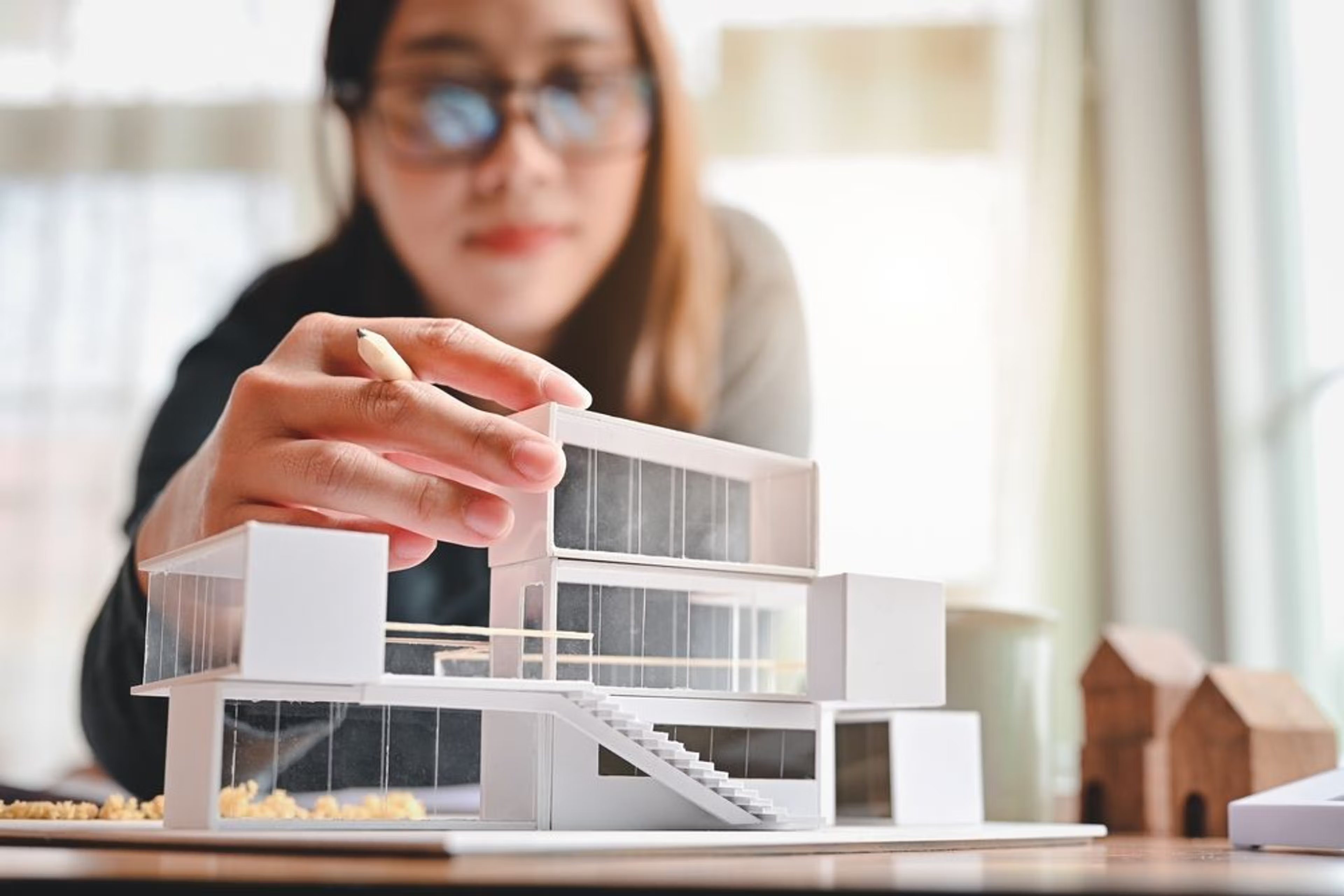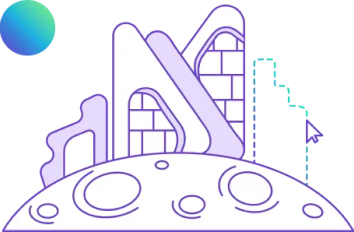The Role of Parametric Design in Shaping Urban Smart Cities
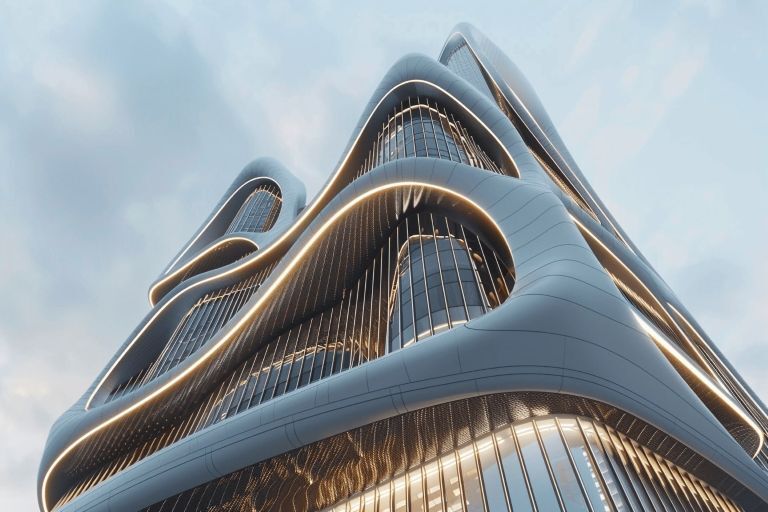
Table of Contents
Urban planners and architects encounter multiple escalating obstacles because cities become denser and more complex. Efficiency in managing dynamic city issues exceeds the capacity of conventional planning tools in urban development. Parametric design in architecture provides architecture practices with a transformative approach to achieve data-based, smarter urban development.
Using current data and predictive algorithms, parametric urban design enables architects to build responsive design rules to maximize the arrangement of cities, infrastructures, green spaces, and transportation systems. This blog examines parametric design as an urban development tool that supports smart city construction through examining software solutions and their benefits for contemporary city planning.
What is Parametric Design?
Parametric design works as a method that defines design relationships with parameters and algorithms to produce design model outputs based on input adjustments. The system enables designers to modify parameters for automatic design model updates, leading to quick test scenarios and flexible changes.
So, what is parametric design in a practical sense? It means using digital tools to create several design iterations through changes in climate data or traffic situations, and population density data. These design features prove particularly useful in urban planning due to ongoing transformations of external criteria.
Parametric methods generate form in addition to optimizing performances and maximizing land use while minimizing environmental impact. Parametric design in architecture with a method beyond aesthetics that solves problems effectively.
Understanding Parametric Design in Architecture

Parametric design in architecture began with facade work and complex geometry development and evolved into a complete responsive architectural design method. A parametric design workflow between geometry and real-life performance gets established through scripting or visual programming tools, which architects use to make definitions.
Elements of parametric design include the following essential components:
- Rule-based modeling
- Real-time adaptability
- Algorithmic logic
- Interconnected design parameters
Rhino parametric design and Grasshopper parametric design are common tools used to manage this process. Users employ these platforms to create interactive models that modify the entire system whenever they modify any model component.
To explore how firms are leading this trend in India, check out 10 Respected Parametric Design Firms in India to Look Out For in 2025.
How Parametric Design Supports Smart Urban Planning

Smart cities require flexibility, adaptability, and optimization—three things parametric urban design can deliver. Below are real-world applications of parametric tools in urban planning:
1. Optimized Building Layouts
The parametric algorithm system analyzes building positioning efficiency through its ability to optimize sunlight availability, ventilation conditions, and density distribution.
2. Responsive Transportation Networks
The application of parametric design software evaluates movement data to optimize the routes that public transport systems, biking areas, and walking paths need to follow.
3. Environmental Zoning
Planners become capable of identifying appropriate locations for green spaces, solar panels, and water retention systems through the insertion of topographic data and sun direction information.
4. Data-Driven Housing Distribution
Population density and affordability data can be used to generate housing layouts that adapt to user needs while maximizing land use.
5. Climate Adaptation
Parametric landscape design supports climate-resilient urban features like green buffers, shaded areas, and permeable surfaces.
For more global examples and deeper applications, refer to the Parametric Architecture article on urban planning.
Top Parametric Design Tools Used For Smart City Planning

Smart urban design is powered by advanced platforms integrating design intent with environmental and infrastructural data. Here are some of the most commonly used parametric design software tools:
1. Rhino + Grasshopper
Widely used in architecture and planning, Rhino parametric design, combined with Grasshopper parametric design allows real-time manipulation of complex models based on environmental data.
2. Revit + Dynamo
Parametric design in Revit supports BIM integration for large-scale projects. Dynamo enables visual scripting, making it easier to automate zoning rules or infrastructure layouts.
To understand how these tools work together, read Rhino.Inside.Revit: A Powerful Bridge Between BIM and Parametric Design.
3. CityEngine
CityEngine is used for 3D urban modeling and helps simulate city layouts using procedural rules.
4. Autodesk InfraWorks
Ideal for infrastructure projects, InfraWorks uses cloud-based collaboration and parametric road and bridge modeling.
5. Esri ArcGIS
A GIS tool that integrates geographic data with parametric scripts to support zoning and development decisions.
Benefits of Parametric Design for Urban Planning
The Benefits of parametric design in architecture extend to all aspects of urban development. These include:
- Speed and Efficiency: The speed and efficiency of parametric models trigger automatic updates for modified input conditions, reducing the time required for successive cycles.
- Data Integration: Combines environmental, economic, and social data for holistic decision-making.
- Flexibility: The design system remains flexible by enabling regulatory modifications, land-use alterations, and population statistics through model updates instead of a complete redesign.
- Sustainability: The implementation of sustainability measures is enabled through solar power and wind assessment in addition to landscape evaluations by parametric design models.
- Scalability: Applicable to single buildings, neighborhoods, or entire cities.
Discussions about planning often create a debate around parametric design vs generative design. The parametric design method depends on human-controlled design parameters, while generative design relies on computers to produce multiple automated solutions. Projects benefit from these two design approaches, which play different roles according to their requirements.
To dive deeper into the skills needed to use these tools effectively, Novatr’s Master Computational Design Course equips professionals to implement these methods at an urban scale.
Conclusion
The approach used for planning cities in the past no longer addresses the current needs. Implementing parametric design in architecture and planning allows for adaptable operations that adhere to data feedback for complexity oversight. Urban Designers can implement this capability to create adjustable environments that use resources efficiently.
Planners and architects gain new possibilities to reach their goals through parameterized workflows which include traffic system analysis and solar resource assessment. The process of transforming future cities demands that you learn all elements of parametric urban design and its corresponding tools.
The Master Computational Design Course at Novatr provides training to architects, urban designers and engineers who need to implement computational logic in their real-life ventures.
The Novatr provides additional upskilling programs. So, visit the Novatr Resource Page that contains parametric and smart city design learning resources and industrial blog content.

 Thanks for connecting!
Thanks for connecting!
.jpg)

.png)

